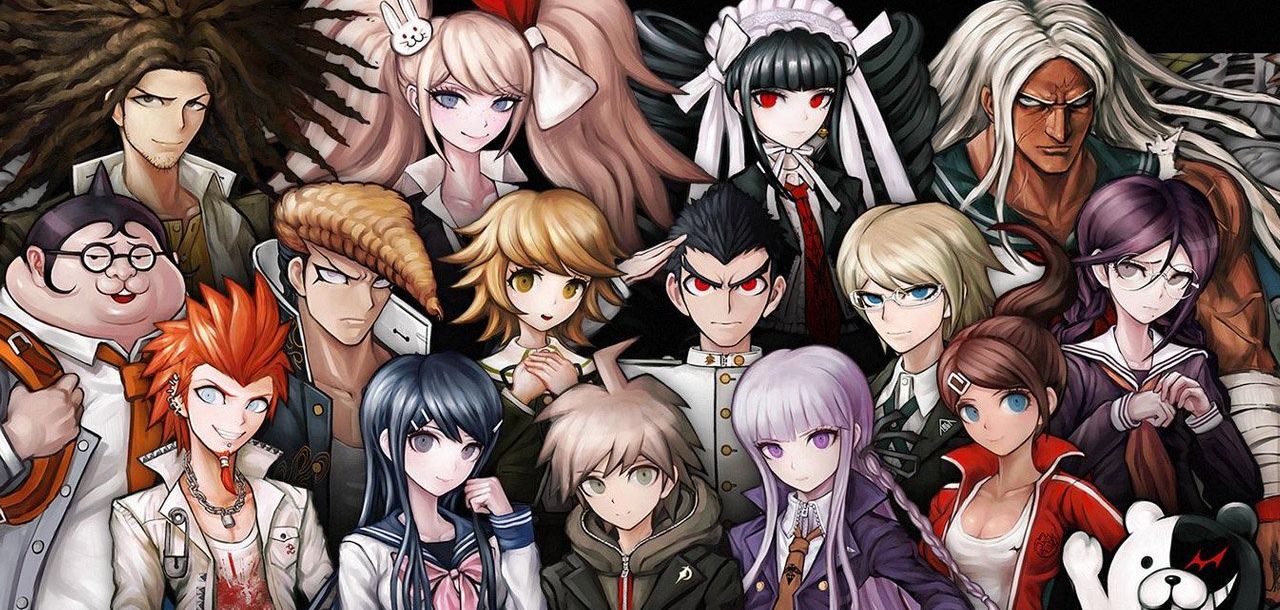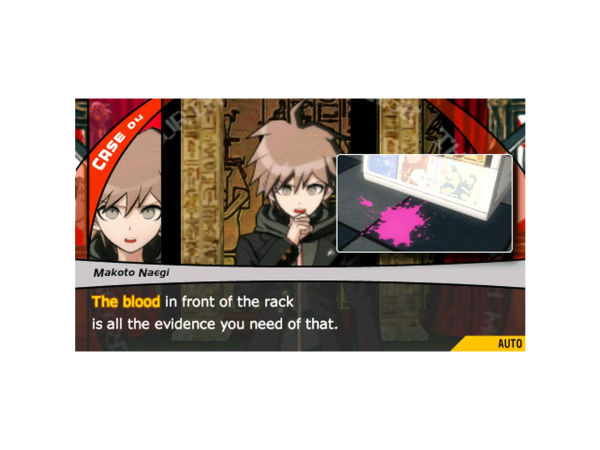Have you ever wondered what’d be like if you were:
1. An anime character; and
2. In a much more sophisticated version of the Hunger Games?
Well then, Danganronpa sounds like the game for you! Developed by SPIKE CHUNSOFT, Danganronpa explores what would happen if a whole bunch of anime characters were locked inside a high school and forced to murder each other. This is essentially the premise of the game. For the purpose of the review I’ll be going over the first instalment of the series, Danganronpa: Trigger Happy Havoc.
You play as Makoto Naegi, an ordinary high schooler who’s accepted into a prestigious academy. Before long, Makoto and his new-found friends realise that they’ve been trapped, and the only method of escape is through murdering another student without being caught. While this seems to be pretty similar to the wildly popular Hunger Games, the game focuses more on the investigation/whodunnit aspects rather than the action/brutal murder. After each body is discovered, the remaining students must investigate and vote out the murderer, saving themselves while condemning the murderer to death.
Most of the game is played through the visual novel section, where the player goes around and spends time with the other characters stuck in the high school. Most of this is done to further the plot and help the player get invested in the characters on offer. In Danganronpa, each character is an “ultimate”, which essentially categorises them as the best in their craft. Examples include the ultimate detective, ultimate musician, ultimate supreme leader, ultimate artist etc. To break up the monotony of talking with characters the main villain of the game, Monokuma, tends to spice things up with events that change up the gameplay or visuals. While this part of the game is generally pretty boring, the characters themselves are unique and wacky enough to sustain my interest. That being said, the characters heavily draw from anime/manga tropes, which can be a double-edged sword. Most of them are quite cool without having their trope affect them too much, however when overdone the character can feel so unlikeable or cliché it makes the game less relatable.





